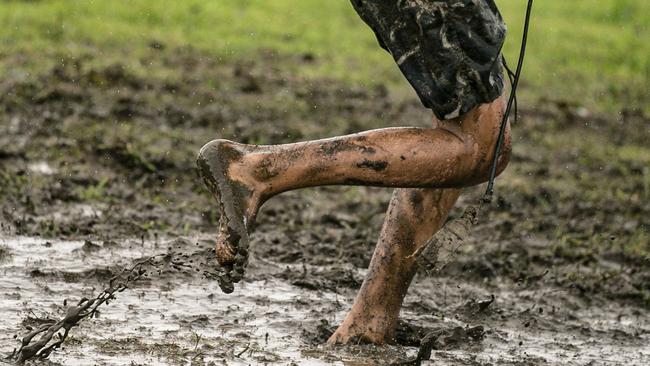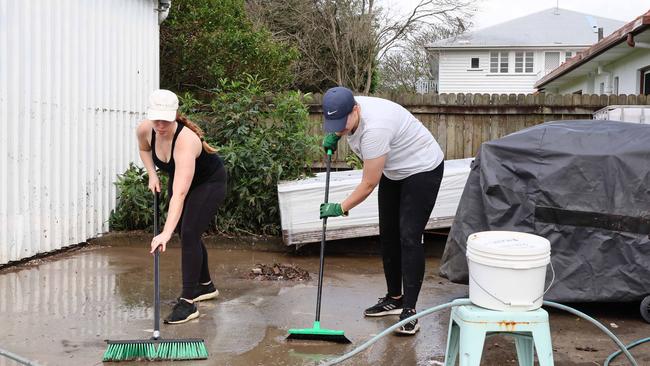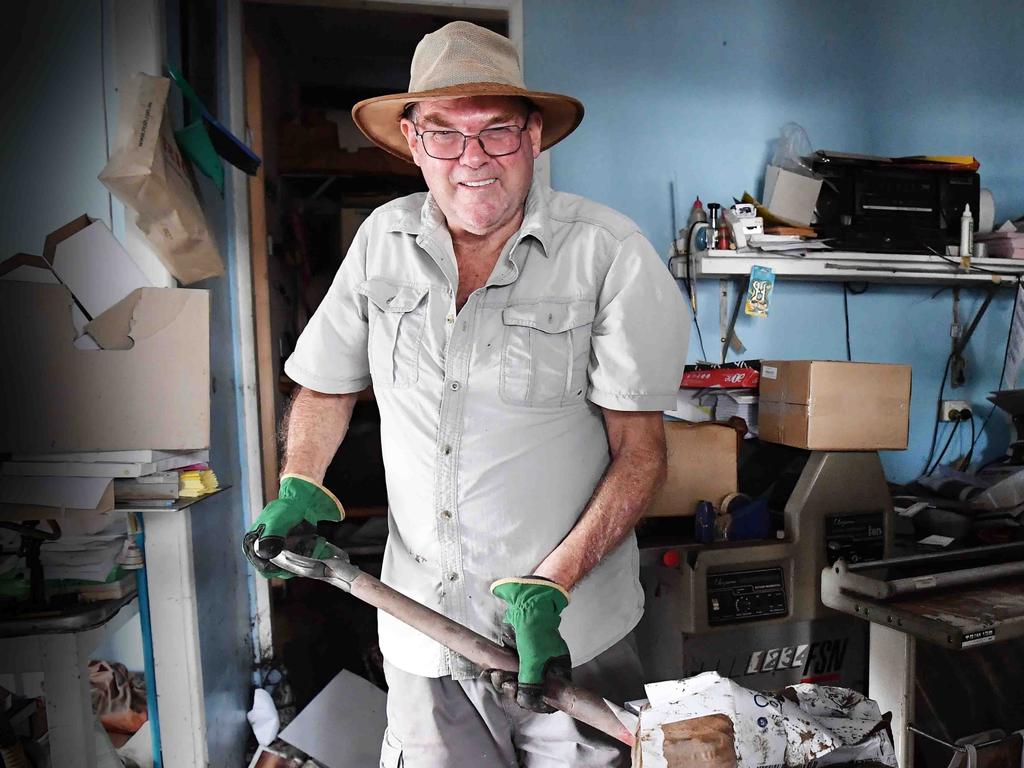Doctors warn of deadly risk of killer bacteria following Alfred floods
Flood-ravaged communities cleaning up after ex-Tropical Cyclone Alfred need to be aware of the serious risks of bacteria lurking in the mud. One bug has already killed 16 people this year and it’s moving south.

A deadly bug that has already claimed at least 16 lives in 2025 in flood-ravaged north Queensland communities is following the path of ex-Tropical Cyclone Alfred south. Melioidosis is a bacterial infection that lives in the soil, usually in areas above the Tropic of Capricorn, but it has been seen recently at latitudes much farther south. Those cleaning up the mess after the floods and storms need to take precautions, especially to protect the vulnerable.
What is melioidosis?

Melioidosis is a rare but serious bacterial infection seen mainly in the aftermath of floods or during the wet season.
The bacteria lives in soil 10cm to 90cm below the ground and is a risk to humans only during times of heavy rain and flooding that cause it to rise to the surface.
The bacteria then can contaminate drinking water, which people ingest, infect them via contact with mud or floodwaters, or they can breathe it in.
Animals, both native and domesticated, can contract melioidosis but the risk of transfer to humans from animals is generally considered very low, though not unheard of. There have been reports of domestic animals contracting the infection in the southern parts of Queensland in the past.
How worried should we be?
Those with compromised immune systems are most susceptible to severe outcomes from contracting melioidosis.
Most people who get the infection have only mild symptoms such as a fever or may notice a small sore on their arms, legs or elsewhere on their body. Mild cases are treated with antibiotics.
This is the experience for the vast majority of people, but it can be severe and even deadly for those who are vulnerable, including people with diabetes and kidney disease.
High numbers of people are now experiencing melioidosis infections following significant rain and flooding events in far north Queensland.
It already has claimed the lives of 15 Queenslanders this year, seven in the Townsville region and nine around Cairns.
Unfortunately, the death rate of about 10 to 20 per cent is about what we would expect to see with melioidosis in Australia.
In Southeast Asia, where it is also endemic, the fatality rate is up to 40 per cent, which is likely related to healthcare access. But even here in our world-class healthcare system the fatality rate is high and people should not be complacent.
Infections moving south

Melioidosis is traditionally associated with regions north of the Tropic of Capricorn above Rockhampton, but evidence is emerging of melioidosis being seen at more southern latitudes.
Dozens of locally acquired cases of melioidosis were confirmed by researchers in the wake of flooding events in and around Brisbane in recent years.
This is a big shift that’s believed to be associated with the climate change phenomena of increased rainfall and a generally warmer climate that keep melioidosis alive in soils where normally it may not survive.
As temperate latitudes become warmer and wetter, we’re seeing an increase in this bacteria in the soils.
With locally acquired infections confirmed around the Brisbane flood plains in recent years, there is a risk of greater numbers of people becoming infected. In the Gold Coast area and northern NSW the risks are less well understood, but an abundance of caution should be taken to minimise contact with mud and stormwater.
How to protect yourself
Cleaning up from storm surges and flooding is particularly risky, and people who are older or have risk factors such as having diabetes or kidney disease, or any other condition that lowers immunity, should generally avoid joining in clean-up efforts.
Wherever possible avoid contact with floodwater, including any ponds or puddles that form in its wake.
This bug lives in that water, and it takes only a small scratch on the skin for the infection to establish itself.
So if you’re out clearing up, be sure to wear boots and gloves and minimise direct contact with the mud or water as much as possible.
It also can be inhaled, so consider a mask, and having good hand hygiene is also very important.
It’s always a good idea to boil water in any situation where there is threat of contaminated water.
It also takes a long time to settle back down into the soil after a weather event, so the risk can remain for as long as mud and debris are around.
Bond University assistant professor Kieran le Plastrier is a general practitioner and international award-winning educator who has been a practising physician for more than 20 years. He also has trained with the College of Surgeons and the College of Psychiatry.




To join the conversation, please log in. Don't have an account? Register
Join the conversation, you are commenting as Logout